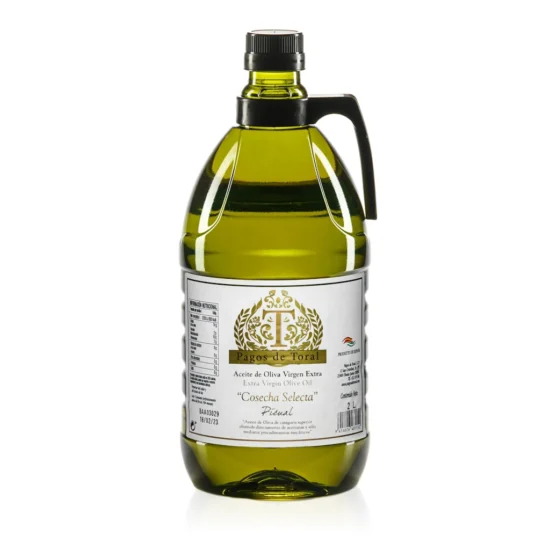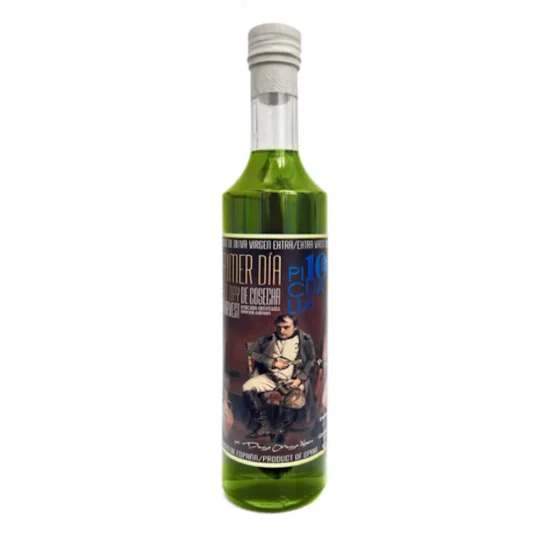Hot pressing and extraction with solvents enable significantly higher yields from the plant, but the resulting oil must then be “”refined,”” meaning it must be purified of undesirable constituents. This destroys not only vitamins and polyunsaturated fatty acids, but also the aroma.
Many people suspect that olive oil is unhealthy if heated too much. This does not apply to refined olive oil; since it has already been heated during production, it remains safe even when cooked or fried at temperatures up to 230 degrees Celsius.
The packaging does not have to state whether the oil has been refined. Refined olive oil can usually be identified by the absence of labels such as “”cold-pressed”” or “”virgin.””
Refined oils are particularly heat-stable and therefore well-suited for frying and deep-frying. In refined oil, the ground and partially roasted fruits, seeds, and kernels are first pressed at temperatures above 50 degrees Celsius.
Alternatively, the oil can also be extracted from the fruit and kernel pulp using chemical solvents. Refining oils is a type of purification. Industrial manufacturers call this refining, although it’s not actually that refined. Refined olive oils therefore have a long shelf life and are usually tasteless.
In general, refined oils are not inherently unhealthy. They are ideal for certain purposes, such as cooking and frying, due to their heat resistance. Depending on your intended use, you should choose the right oil.
Important Note: aceitedelcampo.com promotes the consumption of extra virgin olive oil for its culinary qualities and health benefits. However, no medication or current treatment should be replaced without the guidance of a healthcare professional.




ALZAYT EXPORT SL
info@aceitedelcampo.com
C/ Eduardo Bosca 19, 2-5
46023 Valencia
Subscribe and receive a coupon by email for your next purchase.